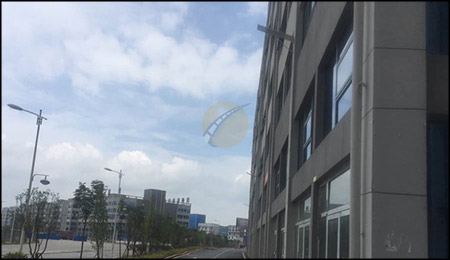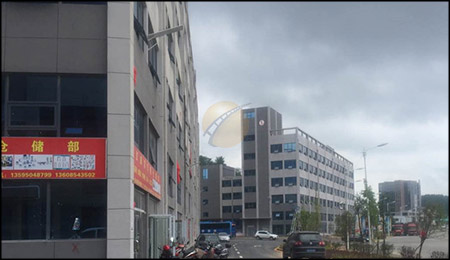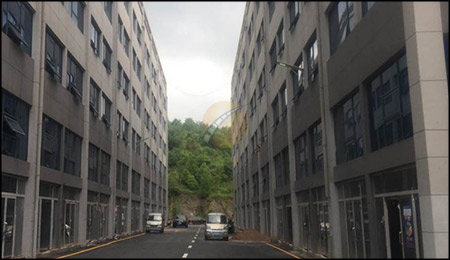Solar-Powered street Lighting for Buildings
Jan 08, 2025
The versatility of solar-powered street lights has extended beyond traditional roadside applications. Today, these innovative lighting solutions are being installed on buildings to provide efficient, sustainable illumination. By harnessing solar energy, solar-powered lights offer a practical way to brighten building exteriors, enhance security, and reduce energy costs. This article explores how solar-powered streetlights can transform building illumination and the advantages they bring.
Applications of Solar-Powered Lights on Buildings
- Facade Illumination: Solar-powered lights can highlight architectural features, improving the aesthetic appeal of commercial and residential buildings at night.
- Security Lighting: Installed on building walls or rooftops, solar lights provide reliable illumination for parking areas, entrances, and perimeters, deterring potential intruders.
- Emergency Lighting: During power outages, solar-powered lights ensure continuous illumination, enhancing safety and visibility for occupants.
- Pathway and Staircase Lighting: Mounted on building exteriors, these lights can guide residents and visitors safely along walkways and staircases.
- Advertising and Signage: Solar street light is ideal for illuminating billboards, business signs, and banners, ensuring visibility even in remote areas without electrical access.
Advantages of Installing Solar-Powered Lights on Buildings
- Energy Efficiency: By utilizing solar energy, these lights reduce reliance on grid electricity, leading to significant cost savings and lower carbon footprints.
- Easy Installation: Solar-powered lights require minimal wiring, making them easy to install on existing structures without extensive modifications.
- Low Maintenance: Designed for durability, solar road lights operate with minimal upkeep, featuring long-lasting LED bulbs and robust solar panels.
- Environmentally Friendly: Solar lighting supports sustainable energy use by reducing greenhouse gas emissions and dependence on fossil fuels.
- Independence from Power Grids: These lights function autonomously, making them ideal for remote buildings or areas prone to power outages.
Overcoming Challenges
- Initial Costs: While solar-powered lights have higher upfront costs, their long-term energy savings and low maintenance requirements make them cost-effective over time.
- Weather Dependency: Advanced battery storage and efficient solar panels mitigate performance issues during cloudy or rainy periods.
- Vandalism Prevention: Using tamper-proof designs and secure mounting solutions can protect solar-powered lights from theft or damage.
Case Studies of Building Applications
- Residential Complexes: Solar outdoor light in residential buildings enhance security and provide a sustainable alternative for outdoor lighting.
- Commercial Buildings: Office buildings and retail centers use solar lighting for signage and aesthetic illumination, promoting energy efficiency and brand image.
- Public Facilities: Schools, hospitals, and government buildings benefit from reliable solar lighting to improve safety and reduce operational costs.







